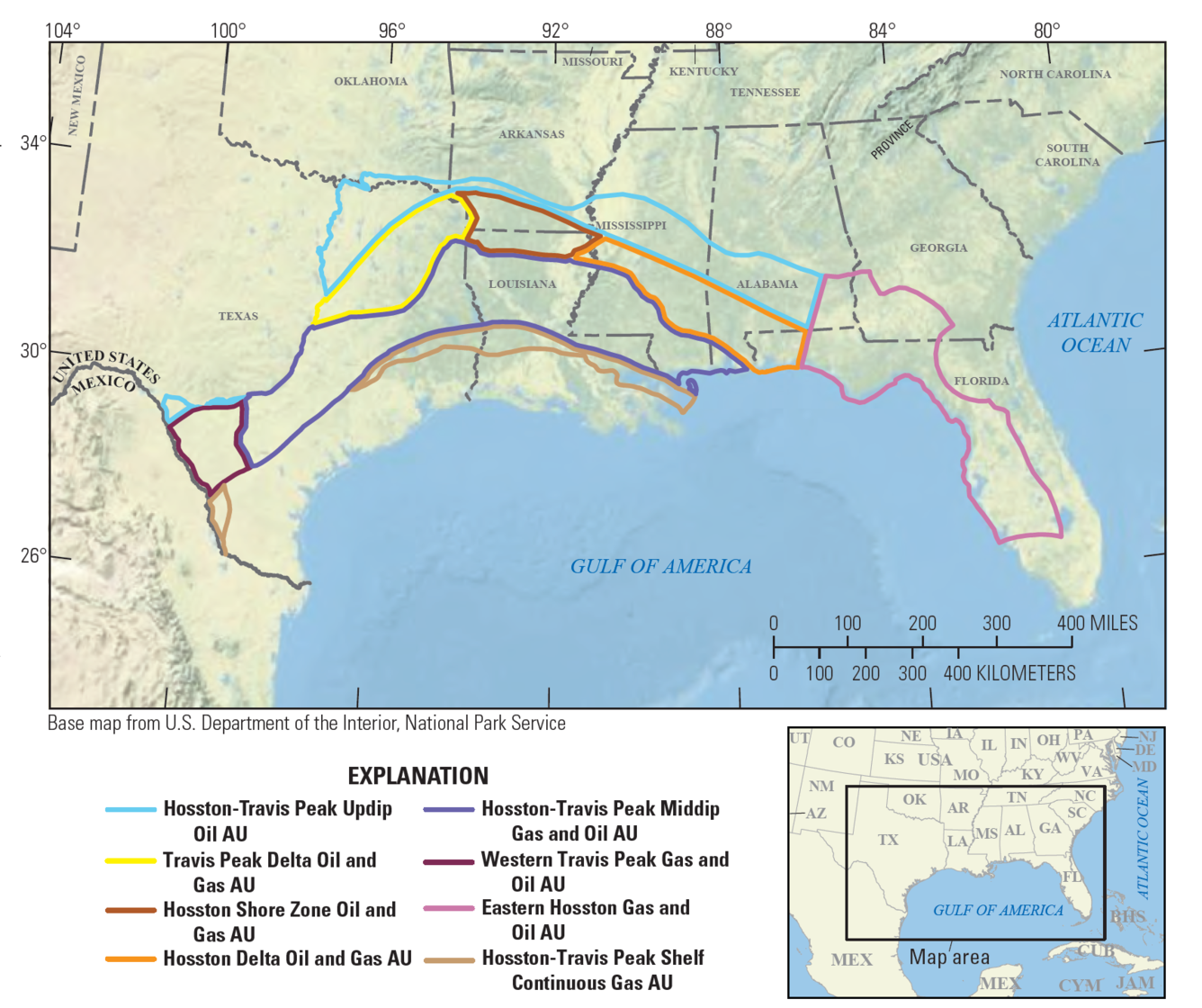LOUISIANA (KPEL News) - A new U.S. Geological Survey (USGS) report estimates that there could be 35.8 trillion cubic feet of natural gas and 28 million barrels of oil still waiting to be tapped along the Gulf Coast—much of it located beneath Louisiana.
The focus is on the Hosston and Travis Peak formations, which stretch across parts of southeastern Texas, central Louisiana, and into the Mississippi Delta. That includes Acadiana, a region already known for its deep ties to the oil and gas industry.
“This is a major signal to the energy sector in Louisiana,” said one local industry consultant. “If even a fraction of this estimate is developed, it could mean new jobs, expanded infrastructure, and renewed investment across the region.”“This isn’t just about drilling,” said a local economic analyst. “This is about the entire supply chain—trucking, fabrication, environmental consulting, and workforce training. It could provide a shot in the arm to rural parishes hit hard by past busts.”
While the report covers a large area—from the Texas border to parts of Florida—Louisiana sits squarely in the center of the richest part of the formation, known as the Hosston-Travis Peak Shelf Continuous Gas Assessment Unit.https://kpel965.com/usgs-oil-gas-lou.../?external=yesWith this new data, energy companies may begin looking more closely at leasing land, conducting seismic surveys, and filing exploration plans. For Louisiana’s state and local officials, it raises questions about regulation, land use, and revenue planning, particularly in parishes where drilling may resume or expand.
For now, the report is being studied by both state economic officials and energy sector insiders, many of whom say Louisiana could be in a unique position to benefit.
“Louisiana already has the skilled workforce, infrastructure, and experience. Now, the geology is telling us there’s more under our feet than we thought,” said one Lafayette-based geologist. “This is big.”







 Quote
Quote



